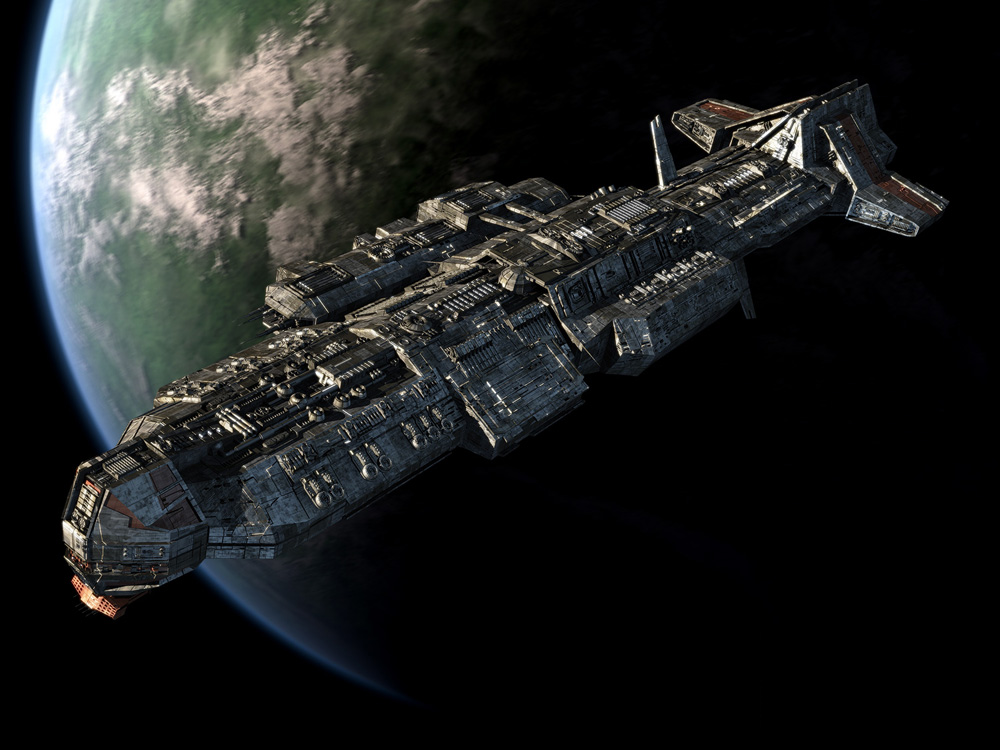
That year, the Ottomans ordered the dreadnought Reşadiye. Starting in 1911, the Ottoman Empire-Greece's traditional naval rival-set about modernizing its fleet. Salamis Illustration of Salamis had she been completed during World War I and taken over by the Imperial German Navy The dates work began and finished on the ship and its ultimate fate Number of shafts, type of propulsion system, and top speed/horsepower generated The maximum thickness of the armored belt The number and type of the primary armament The two old battleships were scrapped after the end of the war. During the German invasion of Greece in April 1941, both ships were attacked and sunk in Salamis by Ju 87 Stuka dive-bombers. Lemnos became a barracks ship while Kilkis became a training ship. They continued to serve with the fleet until the early 1930s, when they were reduced to secondary roles. Both ships saw service in 1919–1922 during the Greco–Turkish War.

They remained inactive for the rest of the war. Greece remained neutral for the first three years of World War I, though in October 1916, France seized the Greek Navy and disarmed both of the battleships. As a result, Kilkis and Lemnos were the only battleships delivered to Greece. Work halted on Vasilefs Konstantinos in August and on Salamis in December 1914. Greek naval plans were interrupted by the outbreak of World War I in August 1914, however. The ships were renamed Kilkis and Lemnos, respectively. As the Ottomans had a significant head start in battleship construction, the Greek Navy purchased two obsolete American pre-dreadnoughts- USS Mississippi and Idaho-as a stop-gap measure in June 1914.

Greece responded with a second battleship ordered in France, Vasilefs Konstantinos, built to the same design as the French Bretagne class.

The Ottomans acquired the ex-Brazilian Rio de Janeiro and renamed her Sultân Osmân-ı Evvel. The Ottomans ordered a new dreadnought battleship, Reşadiye in response, Greece ordered the dreadnought Salamis from a German shipyard. In the early 20th century, the Greek Navy embarked on an expansion program to counter a strengthening of Greece's traditional rival, the Ottoman Empire.


 0 kommentar(er)
0 kommentar(er)
